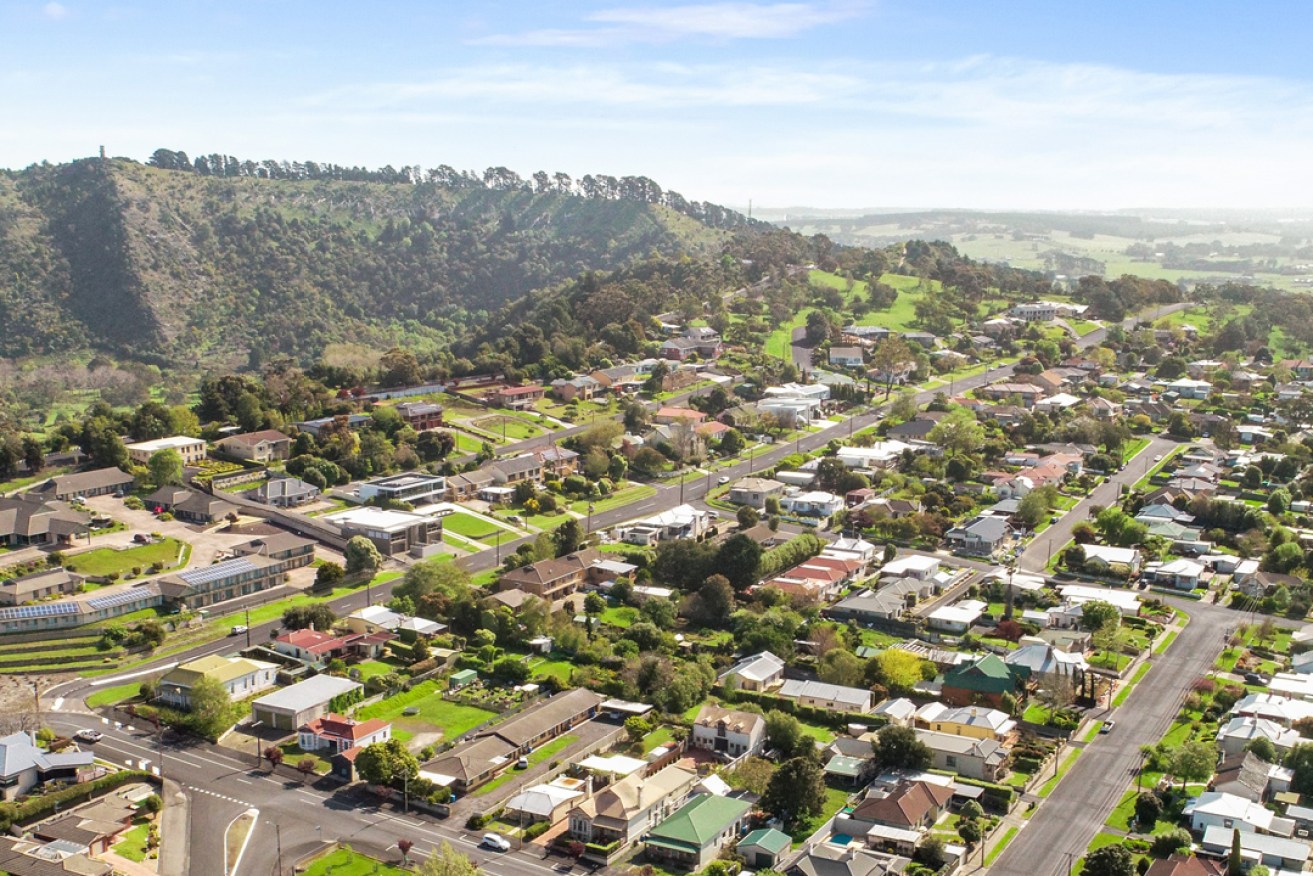SA bucks trend as regional property boom deflates across Australia
The regional housing boom sparked by waves of Australians fleeing major city lockdowns during COVID has finally burst, with fresh data showing property prices are now starting to plunge – except in South Australia.

CoreLogic’s latest regional property report, published this week, reveals house values across the six most popular lifestyle markets in Australia have fallen 6 per cent or more in the past quarter.
Regions that soared during the COVID “tree-change” trend have been particularly hard hit, including the Sunshine Coast (down 7.1 per cent) and Richmond-Tweed (down 11.7 per cent).
It’s all being driven by rapidly rising interest rates, analysts said, with buyers having their borrowing power squeezed so that now they are unable to afford these areas after the COVID boom.
But the good news for homeowners in these markets is that prices are proving more resilient than in capital cities, where values are declining much faster as interest rates continue to rise.
Regional migration bubble bursts
CoreLogic economist Kaytlin Ezzy said Australia’s housing market downturn is rapidly becoming more broad-based as rates rise, with 87.8 per cent of regional properties posting price declines.
“Consecutive interest rate rises, persistently high inflation, and waning consumer sentiment saw the pace of value declines accelerate across regional Australian property markets,” Ezzy said.
“It is unsurprising the Richmond-Tweed region recorded the strongest decline in house values. Throughout the COVID period, values skyrocketed, rising more than 50 per cent and taking the median house value to more than $1.1 million.”
As prices have begun falling across regional markets sellers are, unsurprisingly, retreating.
Sales activity has continued to soften, with properties now taking two or three days longer to sell on average than they were over the year to July. Only a few regions, namely north Queensland, saw sales volumes rise over the October quarter, CoreLogic said.
“While the negotiating power across Australian regional markets is slowly transitioning to the buyer, it is likely tight supply is insulating the downturn to some extent,” Ezzy said.
Regional markets still resilient
That assessment matches what PropTrack senior economist Eleanor Creagh is seeing across regional Australia.
PropTrack’s analysis this week shows that of the 42 regional areas classified by the ABS, 14 have not had property prices fall from their COVID-19 peaks.
“We’ve moved into the next stage of the property cycle faster than some expected,” Creagh said.
“As interest rates have quickly risen we’ve seen home prices fall from peaks.”
“But some areas continue to defy the downturn – we’ve got regional South Australia, regional Tasmania and Adelaide.”
In the past year, regional house prices are still up 6.5 per cent compared to a 2 per cent fall in capital cities, Creagh said.
“Regional price growth has slowed from its peak, but regional home prices are so far holding up stronger than capital cities.”
Regional markets are holding up better than capital cities for two reasons, she said.
Firstly, capital city property prices rose much higher in dollar terms during COVID, and so buyers in these markets are facing much tougher affordability issues, pushing prices down faster.
Secondly, the number of properties for sale in regional areas is much lower, and so buyers are facing fewer choices, helping to prevent larger value declines in many regional markets.
Finally, the “tree change” trend that increased during COVID lockdowns is still in play.
“The 2021 census data shows Queensland still remains very popular for people moving to regional Australia – I’d say those migration trends are still in play but have likely eased,” Creagh said.
“There are still people taking advantage of remote work trends.”
This story first appeared in our sister publication The New Daily.




